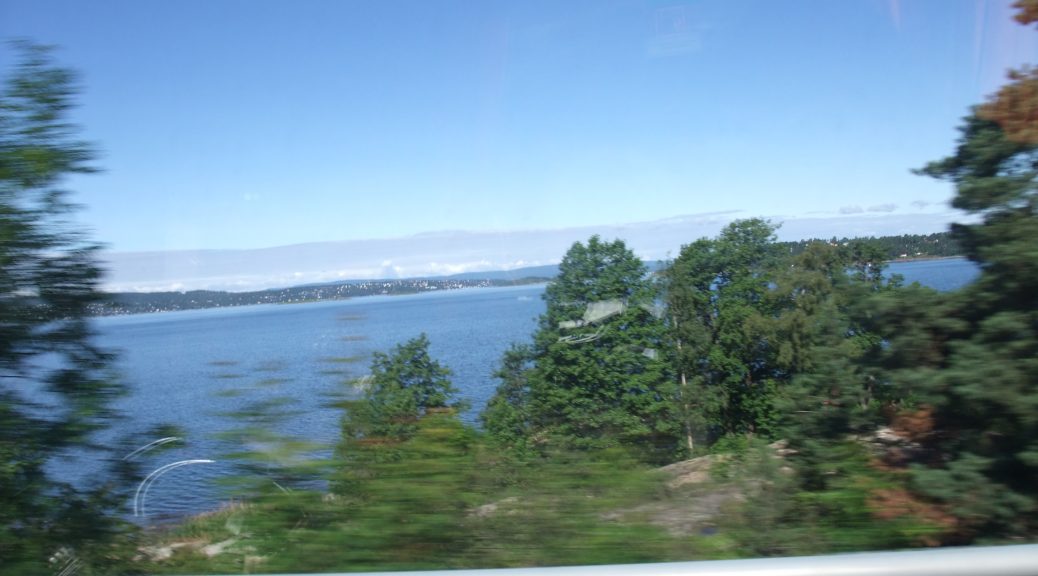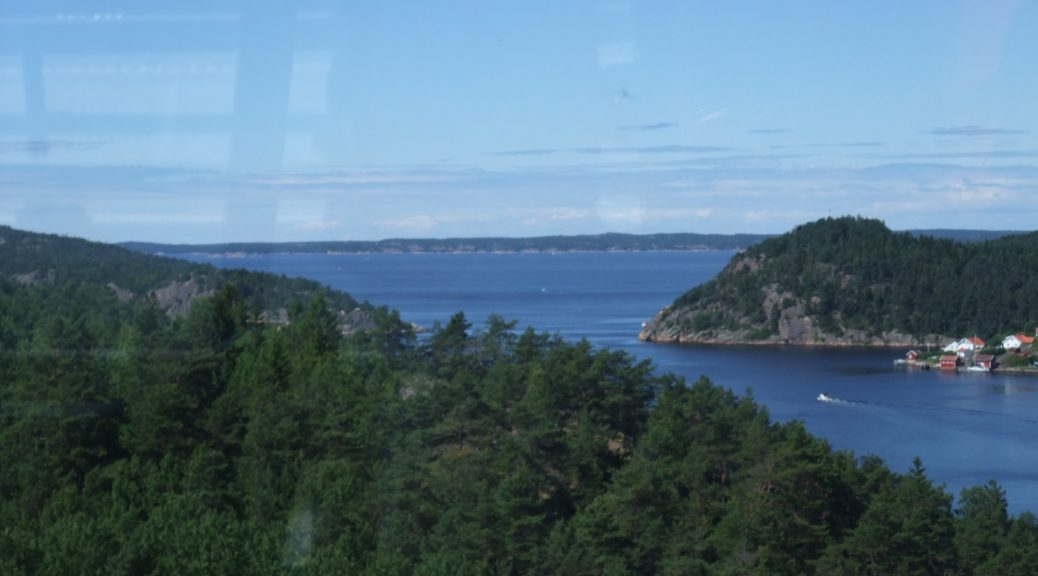By Xuefei Chen Axelsson
STOCKHOLM, April 13(Stockholm)–Satellite navigation is part of our everyday life. In addition to navigation, satellite positioning is required in electric and communications networks and transport services, for example. However, these systems and services do not function optimally in high latitudes, especially in the Arctic areas.
On 16-18 April 2018, authorities, researchers and business representatives of European and Arctic countries will convene in Muonio, Finland, to seek solutions to these problems in a workshop called Challenges in Arctic Navigation. The event is part of Finland’s Chairmanship Programme for the Arctic Council. It is arranged by the Ministry of Transport and Communications and the Finnish Geospatial Research Institute (FGI) that operates under the National Land Survey of Finland. The Arctic countries have not previously met to work specifically on the feasibility of positioning systems in northern latitudes.
“I am pleased that the event will bring together, for the first time, all Arctic countries to address the challenges of positioning in northern areas,” says Minister of Transport and Communications Anne Berner.
A concrete example of an Arctic problem in satellite navigation is related to landing of airplanes. It is possible with satellite navigation in Central Europe but not in the Arctic region. This is because the network of base stations needed to focus the satellite signals is not dense enough in the northern areas. Another reason for the poorer accuracy of a navigation system are satellite flight paths.
“As accurate and reliable positioning is needed in the north as in Central Europe. Currently the systems are unable to completely serve the Arctic areas. Now we are trying to find answers to this,” says Minister Berner.
Satellite positioning is tightly related to the development of intelligent transport systems and services. The challenge in the Nordic areas is the uneven coverage of positioning. It unnecessarily slows down the development of autonomous transport in particular.
“In the next generation Galileo satellites, the northern dimension will be better taken into account and they will provide more accurate information in high latitudes,” says Heidi Kuusniemi, Director at the Finnish Geospatial Research Institute.
Finland will chair the Arctic Council in 2017-2018. As the chair, Finland is paying particular attention to positioning and good communication connections, safety of maritime transport and development of meteorological cooperation. These are tightly connected to positioning and satellite technology.
The event in Muonio will be carried out in cooperation with the Ministry of Transport and Communications and the Geospatial Research Institute as part of the Arkki project financed by the Ministry for Foreign Affairs.
The project’s international network includes, among others, the European Commission, the European Global Navigation Satellite Systems Agency (GSA) and the European Space Agency (ESA). The cooperation partners include authorities, businesses and universities.

